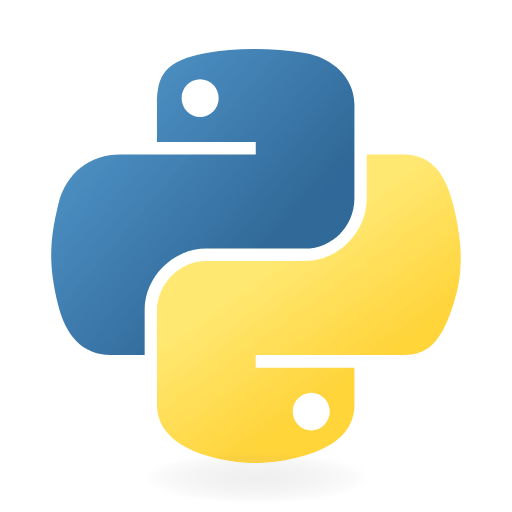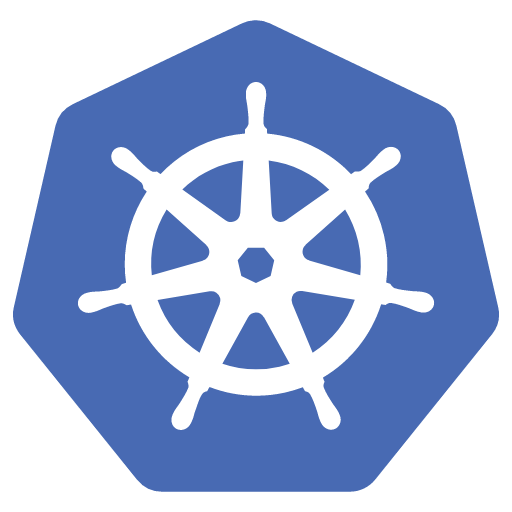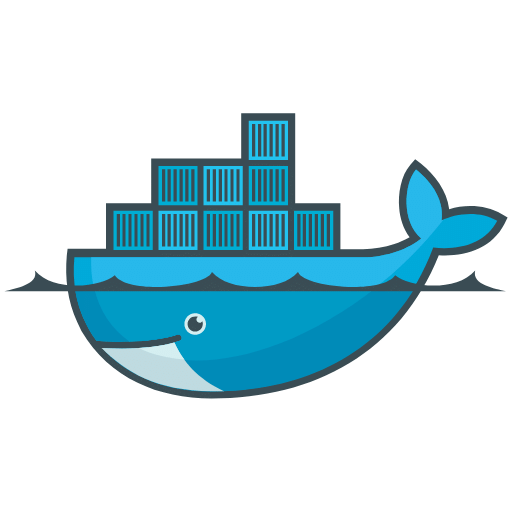Natural Language Processing (NLP) is a branch of artificial intelligence (AI) that focuses on enabling computers to understand, interpret, and generate human language. By bridging the gap between human communication and machine comprehension, NLP facilitates more natural interactions between people and computers.
Overview
NLP combines computational linguistics with machine learning and deep learning models to process and analyze large volumes of textual and spoken data. Its applications are vast, encompassing tasks such as language translation, sentiment analysis, speech recognition, and text summarization. By leveraging NLP, organizations can automate and enhance processes that involve human language, leading to improved efficiency and user experiences.

Developing systems that can parse and understand textual data, enabling tasks like keyword extraction, topic modeling, and sentiment analysis.

Creating conversational agents capable of understanding and responding to user queries in a natural, context-aware manner.

Building applications that can accurately translate text or speech from one language to another, preserving context and meaning.

Developing tools that can convert spoken language into text (speech-to-text) and generate spoken language from text (text-to-speech).

Designing systems that can efficiently locate and retrieve relevant information from large datasets based on user queries.





Begin by identifying the specific NLP task—such as sentiment analysis, named entity recognition, machine translation, or text summarization. Set clear goals based on business or user needs.
Gather relevant text data from sources like websites, documents, social media, or APIs. Clean the data by removing noise, correcting errors, and standardizing formats like encoding and punctuation.
Process the raw text using techniques like tokenization, stop word removal, stemming or lemmatization, and part-of-speech tagging. Preprocessing helps structure the data for better model performance.
Convert text into numerical format using methods like Bag of Words, TF-IDF, or word embeddings (Word2Vec, GloVe, BERT). This step transforms language into a form machines can understand and process.
Choose an appropriate model based on the task. For traditional NLP, this might be logistic regression or SVM. For deep learning, use LSTM, GRU, or transformer-based models like BERT or GPT.
Use evaluation metrics such as accuracy, F1-score, BLEU score (for translation), or ROUGE (for summarization) to assess the model’s performance. Validation and testing ensure the model generalizes well.
Tune hyperparameters, retrain on specific domains, or fine-tune pre-trained language models to improve accuracy and relevance. This step often boosts performance for real-world use.
Integrate the model into applications via APIs, web services, or embedded systems. Ensure it's scalable and responsive for tasks like real-time chat, search, or analysis.
Track usage, performance, and errors post-deployment. Update the model with new data or retrain as language evolves and user needs change.
Ensure the NLP system is free from harmful bias, protects user privacy, and complies with legal and ethical standards—especially when handling sensitive or personal content.
We as an esteemed firm that provides technological solutions in this digital era with a very professional environment.
Don’t miss our future updates! Get Subscribed Today!